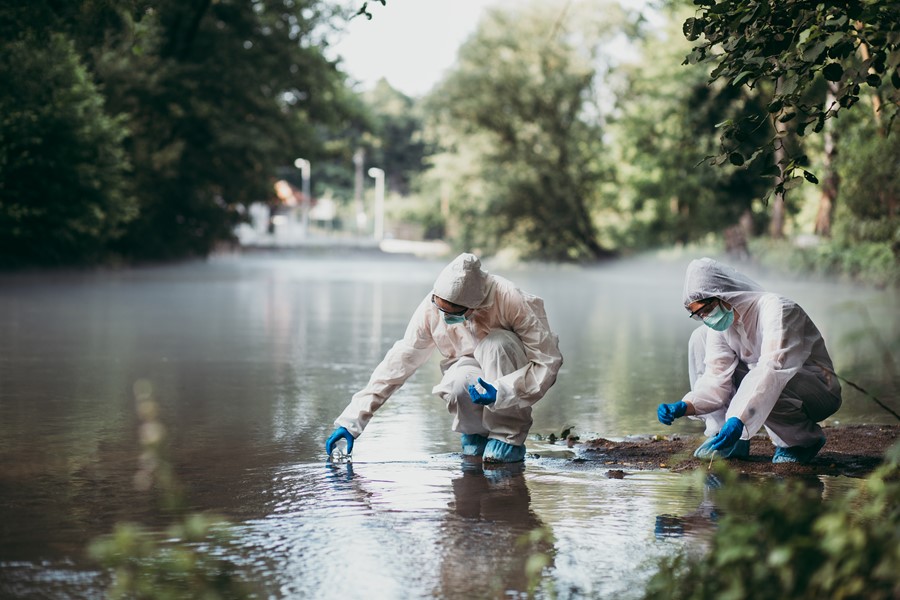Evaluating graphene’s effects on health and the environment
Meet the team assessing the safety and environmental impact of graphene and layered materials.
The main objective of the Health and Environment Work Package is to assess the safety of graphene and other layered materials in relation to their use and manipulation. To do this, they investigate any potential risks to health and the environment across all Graphene Flagship Work Packages and Spearhead Projects.
The comprehensive evaluation of the impact of layered materials is vital for the protection of human health and the environment, as well as to secure the future applications of graphene and layered materials, both within the Graphene Flagship and beyond.
Their story
The first and second phases of the Graphene Flagship project – Core 1 and Core 2 – laid the foundations for the full safety evaluation of graphene and layered materials. In 2018, the Graphene Flagship released a comprehensive review article reporting current knowledge of graphene’s health and safety. It contained a thorough analysis of the interactions of graphene and other layered materials with different types of cells and organs, and formed the basis for further studies into health and safety.
Overall, this Work Package’s investigations study both acute and chronic exposure to different cellular models, and the results they obtain are fundamental for the future of the Graphene Flagship.
Their research
The Work Package provides information fundamental to the production of safe materials. In particular, they focus on the study of the interaction of graphene and layered materials with natural barriers. Furthermore, they study new production methods that are greener and more sustainable.
They also investigate composites and fragments of materials, as well as the effects of material decomposition and factors relating to a material’s lifetime. These studies are vital to understand which applications graphene and layered materials are in accordance with the OECD regulations on safety.
Their impact
They characterised graphene’s interactions with the skin, its size-dependent interactions with the lungs, and published many studies into the interactions between graphene and natural barriers.
One of their most important accomplishments was to see partners of the Work Package join the Graphene Flagship COVID-19 Working Group. It is encouraging to see how their work can help in the worldwide collaborative efforts to mitigate the effects of pandemics such as COVID-19. Expanding their studies into new potential applications of graphene-based technologies to protect people from the virus, and products to help improve the human way of life and the world around us, makes them proud to be part of the Graphene Flagship family.
Collaboration is key, and the importance of their studies spans the entire consortium. They work with many other Work Packages and partners to assess the safety profiles of materials and products generated by the Graphene Flagship. For instance, data on the neurotoxicity of graphene materials enabled the Biomedical Technologies Work Package to study the use of graphene oxide to treat diseases like Parkinson’s and anxiety.
They also tested materials for Graphene Flagship industrial partners, like Graphenea, Grupo Antolin and BeDimensional, to make sure they are safe. Furthermore, they used reduced graphene oxide from partner company Avanzare to study a composite material developed by the Composites Work Package, demonstrating the sheer degree of interconnectivity fostered by the Graphene Flagship.
Their future
Their next steps are to focus on implementing OECD guidelines for graphene and layered materials. They are investigating ways to obtain safe-by-design functional materials, and plan to develop a library of robust, verified assays that can be used by researchers – not just experts in the field – to determine the impact of their research or products on human health and the world around us.

The Health and Environment Work Package’s studies are fundamental for the green future of graphene and layered materials. New products from the Graphene Flagship need to be safe before they can enter the market: this is a vital step that is entirely contingent on this Work Package. For instance, they recently found that graphene is biodegradable by human enzymes and in zebrafish. These results represent the first steps towards biodegradable-by-design graphene materials.




